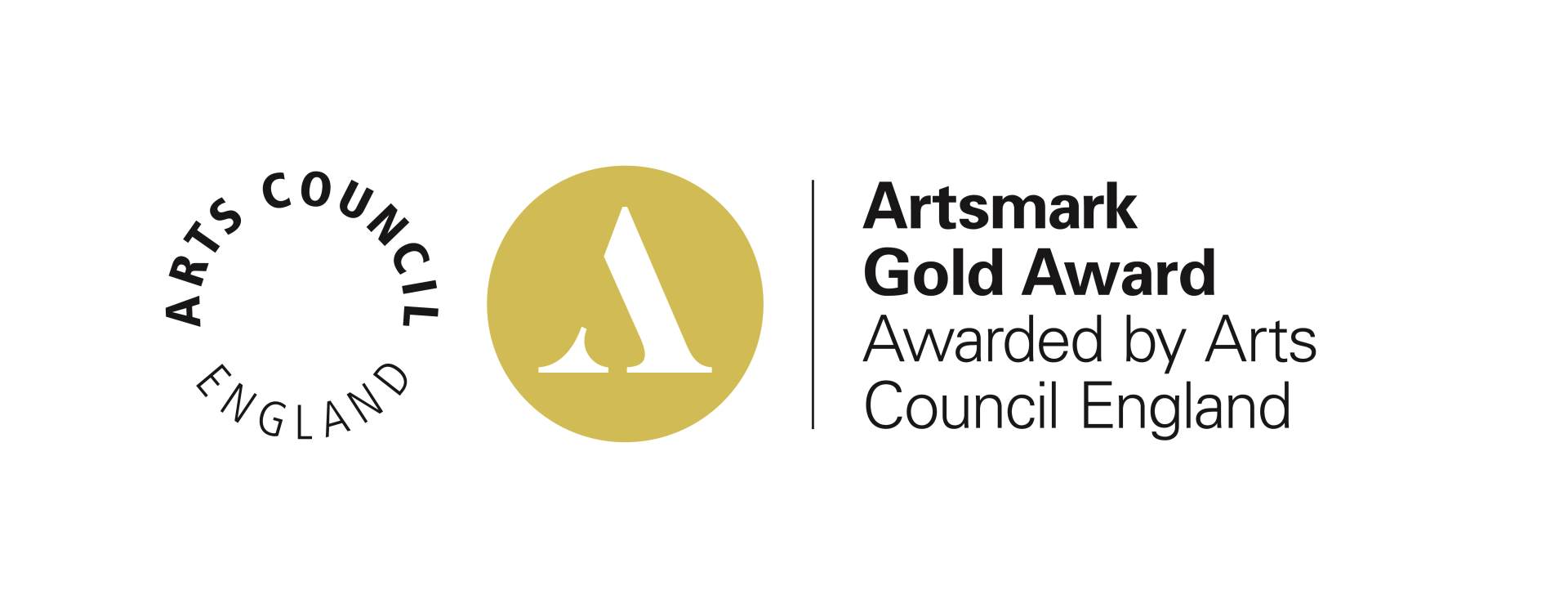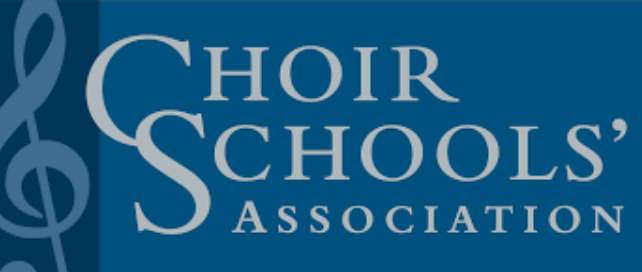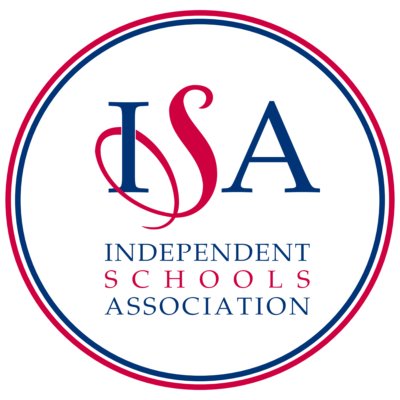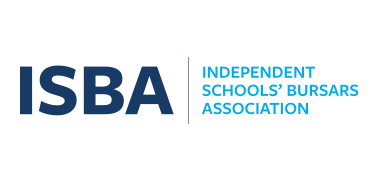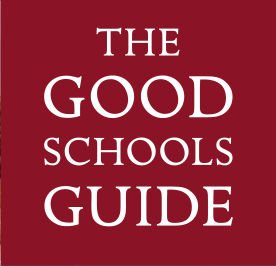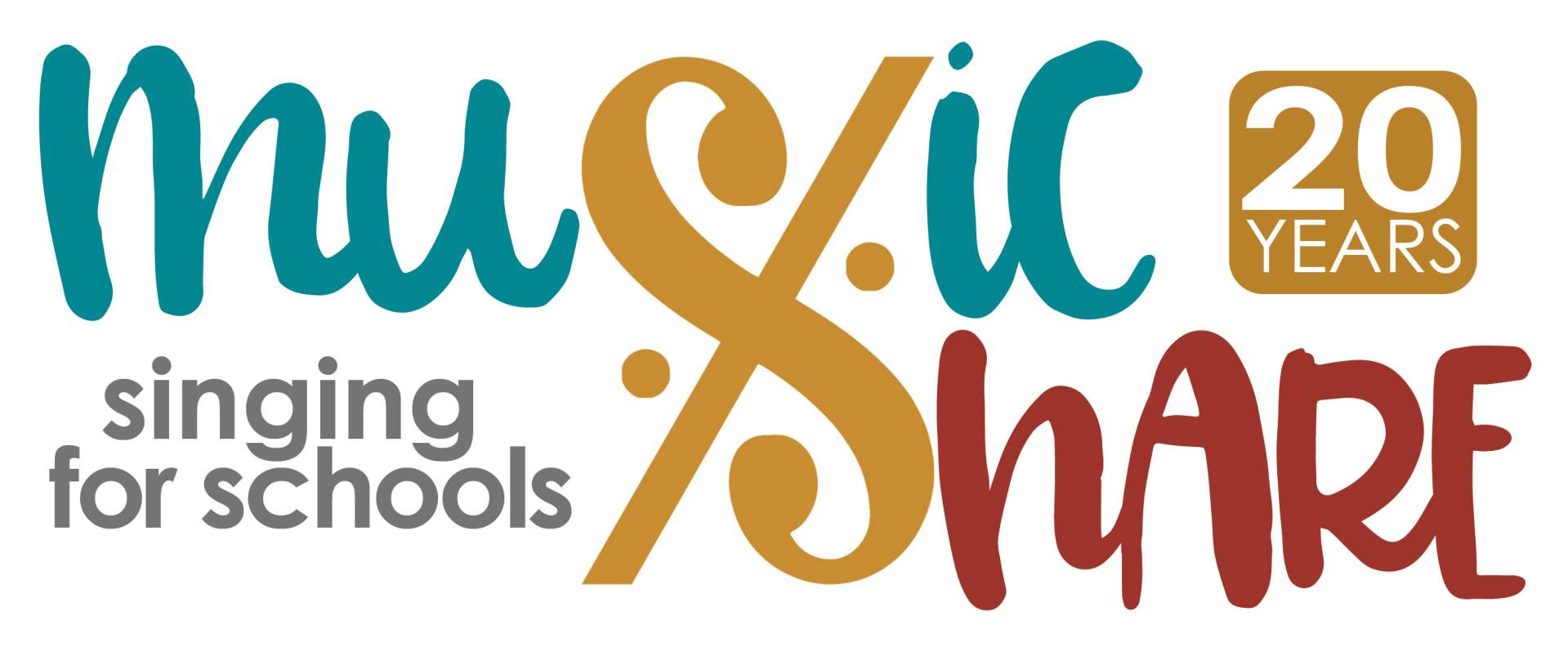Creative Education
I spent the beginning part of last week at The Society of Heads Conference and part of their programme was dedicated to Creative Education. The creative education process teaches pupils to view the world through different lenses, so that they can approach a task or a problem in a new or different way, or use their imagination to generate new ideas. Creative learning experiences:
- Stimulates problem-solving
- Develops critical thinking
- Promotes risk-taking – learning how to fail effectively
- Builds a curious mindset
- Increases confidence levels
Creativity is valuable in education because it builds cognitive complexity - it relies on having deep knowledge and being able to use it effectively. Being creative involves using an existing set of knowledge or skills in a particular subject or context to experiment with new possibilities in the pursuit of valued outcomes, thus increasing both knowledge and skills.
Creativity is not just making things up. For something to meet the definition of creativity, it must not only be new, but also relevant and useful. For example, if a student is asked to make a new type of musical instrument, one made of salami slices may be original and interesting, but is neither relevant nor useful. Creativity can also work well with constraints, not open-ended tasks. For example, students can be given a limit to the number of lines used when writing a poem, or a set list of ingredients when making a recipe. A common STEM example is to make a building using drinking straws, but no sticky tape or glue. Students need to think more deeply about how the various elements of a building connect in order for the building to stand up.
Creativity must also have a result or an outcome. In some cases, the result may be a specific output, such as the correct solution to a Maths problem, a poem in the form of a sonnet, or a scientific experiment to demonstrate a particular type of reaction. Outputs may also be intangible: they might be an idea for a solution or a new way of looking at existing knowledge and ideas.
Sound acquisition of knowledge enables students to apply it in creative ways. LCS teachers consider both how they will support their students to acquire the necessary knowledge and skills in their learning area, as well as the opportunities they will provide for applying this knowledge in ways that support creativity. In fact, creativity requires two different sets of knowledge: knowledge and skills in the learning area, and knowledge of and skills related to the creative process, from idea generation to idea selection, as well as the appropriate attitudes, attributes and environment.
How do we support students to be creative?
Firstly, creativity needs an appropriate physical and social environment. Pupils need to feel a sense of psychological safety when being creative. The teacher ensures that all ideas are listened to and given feedback in a respectful manner. In terms of the physical environment, teachers use classrooms, interactive whiteboards, a wide range of stimulating learning resources, as well as outdoor areas for learning. Pupils often work in pairs or groups to promote idea generation.
Secondly, teachers support pupils to develop the attitudes and attributes required for creativity, which include persistence, discipline, resilience, and curiosity. Students who are more intellectually curious are open to new experiences and can look at problems from multiple perspectives, which builds creative capacity. In Maths, for example, this can mean students being shown three or four different ways to solve a problem and selecting the method that best suits them. We also encourage students to enter local, regional, national and international competitions, providing stretch and challenge.
Thirdly, teachers support the creative process. It begins with problem solving, or problem posing, and moves on to idea generation. There are a number of methods used when generating ideas such as brainstorming, in which as many ideas as possible are generated by the individual or by a group. Another effective method, which has the additional benefit of showing the relationships between the ideas as they are generated, is mind-mapping.
For example, rather than looking at possible causes of World War II as a list, using a mind map can help to better to categorise them into political, social and economic categories. This creative visual representation provides students with new and useful insights into the causes of the War, helping them to realise that there are more categories that need to be considered and added, thus allowing them to move from surface to deep learning as they explore relationships rather than just recalling facts. Remember that creativity is not possible without some knowledge and skills in that subject area. For instance, proposing that World War II was caused by aliens may be considered imaginative, but it is definitely not creative.
The final element is the outcomes of creativity. However, as with many other elements of education, teachers find it more useful to formatively assess the process which the students have gone through, rather than just the final product. By exploring how students generated ideas, whether the method of recording ideas was effective, whether the final solutions were practical, and whether they demonstrated curiosity or resilience, provides better insight than merely grading the final product. Encouraging the students to self-reflect during the creative process also provides students with increased skills in metacognition, as well as having a deeper understanding of the evolution of their creative competencies.
A good example of this is the importance of building a comprehensive sketchbook in GCSE and A Level Art to explain how students developed their artwork from initial idea to finished product several months later, because the final grade takes into account a combination of the creative process as observed by the teacher, the creative process as experienced and reported by the student, and the final tangible product.
Inservi Deo et laetare!







